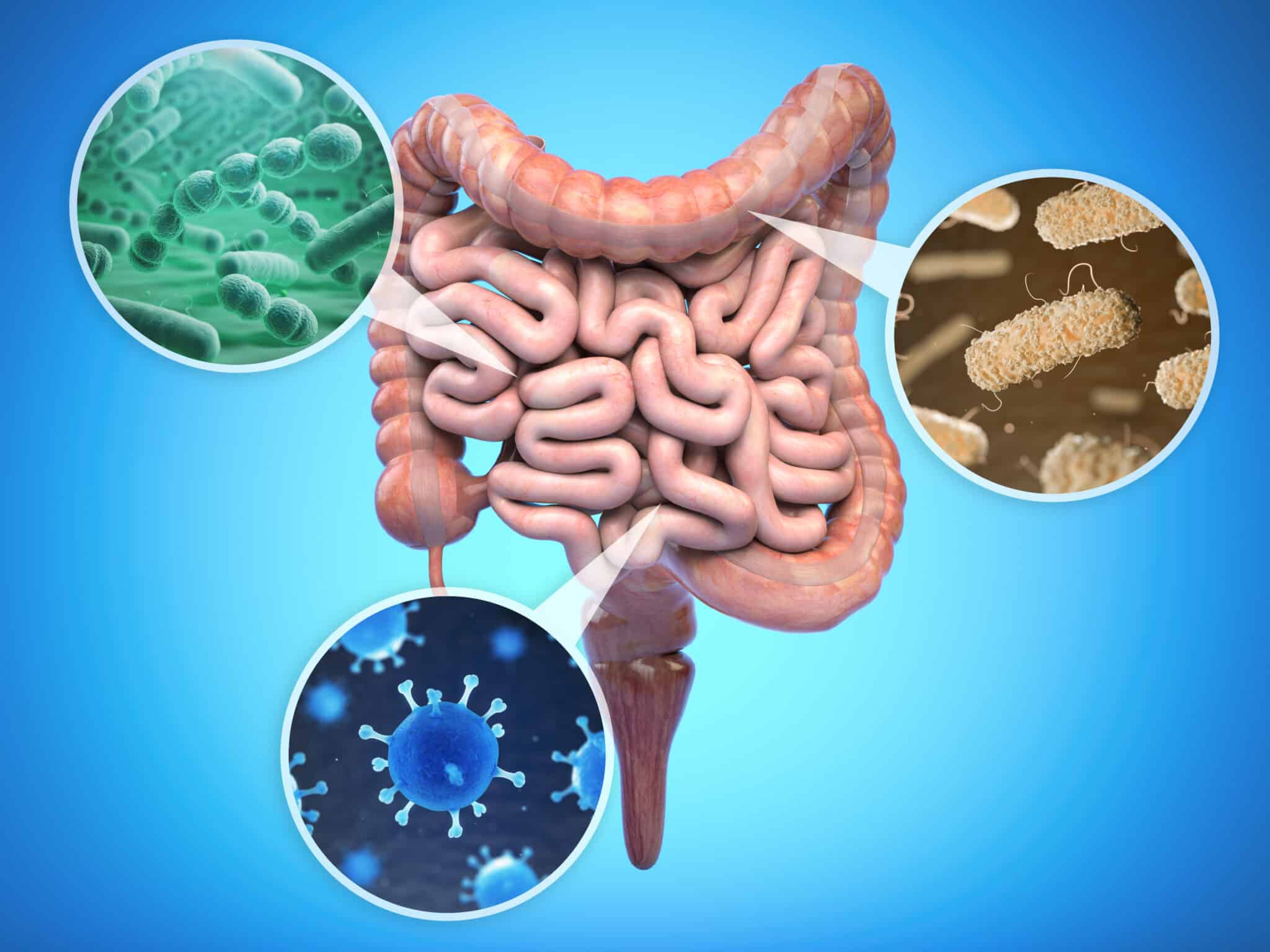
Probiotics & Antibiotics: What you Need to Know
By now, you’ve probably heard that probiotics support overall gut and immune health. You may have even had a doctor suggest that you take probiotics when you’re taking antibiotics. But why exactly? Our bodies, including our gut, are teeming with bacteria — both good and bad. Probiotics are live bacteria considered to be good bacteria because they help with your overall gut health. On the other hand, antibiotics are prescribed when we have an infection in order to kill that bacteria. The problem is that sometimes antibiotics can also kill off the good gut bacteria that we need for optimal gut health and lead to negative side effects like diarrhea.1 So, should you take probiotics when you take antibiotics and how do you safely take them at the same time? Let’s take a look.
Probiotics and Antibiotics — What’s the Difference?
Probiotics are healthy bacteria and yeasts found in the body, especially in the digestive tract.2 There are several strains and types of probiotics and some support overall immune and gut health in healthy individuals taking antibiotics.2 Probiotics can be found in many fermented foods like yogurt and tempeh or as supplements.
Antibiotics, on the other hand, are the opposite of probiotics — they kill bacteria, while probiotics are bacteria. Antibiotics are medicines that help stop infections caused by bacteria by killing the bacteria and preventing them from reproducing.3 So while that’s a good thing, antibiotics can also kill off natural, healthy bacteria, especially in the gut, negatively affecting the digestive system and gut health. This can often lead to antibiotic-associated diarrhea, especially in children.4
Can Probiotics Offset the Negative Effects of Antibiotics?
Since probiotics have been found to support overall gut health, it’s thought that taking them with antibiotics can help offset the negative effects of taking antibiotics. Often, doctors and dietitians suggest taking probiotics during or after taking antibiotics to encourage healthy bacteria growth in the gut and restore balance. One review of 23 studies found that taking probiotics at the same time as antibiotics could reduce the risk of everyday diarrhea by more than 50% in healthy individuals.5 Another review of 82 studies found similar results in both adults and children.6 The studies also found that Lactobacillus rhamnosus or Saccharomyces boulardii were particularly helpful.
How to Take Probiotics with Antibiotics
Since probiotics aren’t regulated by the FDA like many medications, there’s no set dosing guidelines. However, most of the studies examined dosages for Lactobacillus rhamnosus in the range of 1 to 20 billion CFUs per day and Saccharomyces boulardii in most studies range between 250 mg and 500 mg per day. As we discuss in Probiotics 101 choosing a high-quality probiotic is more important than simply going by CFUs. If you choose to take probiotics with antibiotics, opt for high-quality probiotics from a trusted source. And since antibiotics can kill healthy bacteria, take the probiotic a few hours after you’ve taken your antibiotic.7
As always, with your doctor if you need help deciding which probiotic is right for you or if you have any concerns. You can also learn more about the Floradapt difference.
[1] https://www.healthline.com/nutrition/8-health-benefits-of-probiotics
[2] https://www.webmd.com/digestive-disorders/what-are-probiotics
[3] https://www.webmd.com/a-to-z-guides/what-are-antibiotics
[4] https://www.healthline.com/nutrition/what-to-eat-antibiotics
[5] https://pubmed.ncbi.nlm.nih.gov/26695080/
[6] https://pubmed.ncbi.nlm.nih.gov/22570464/
[7] https://www.healthline.com/nutrition/what-to-eat-antibiotics

